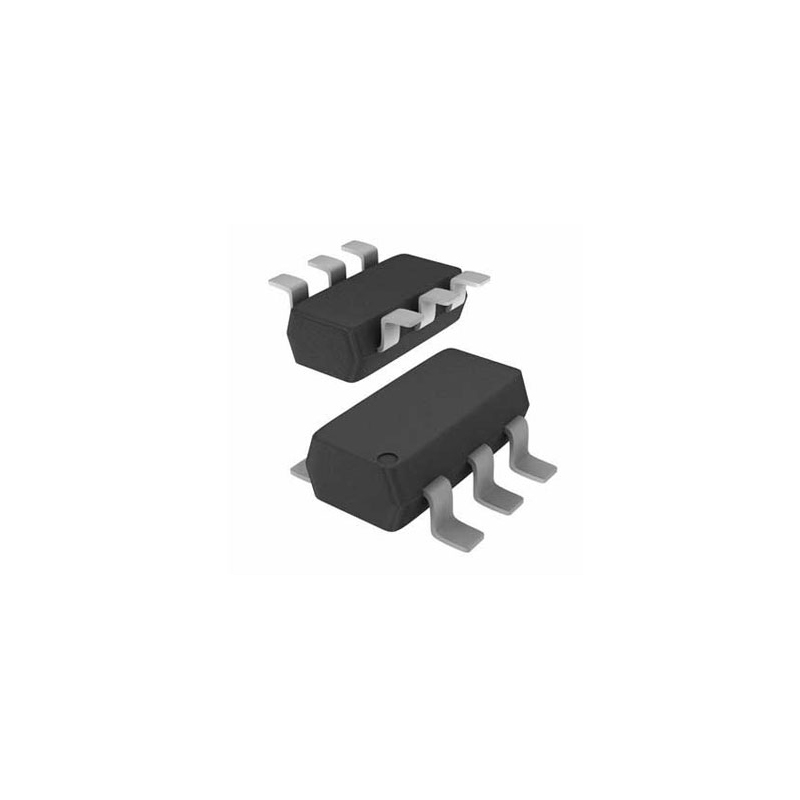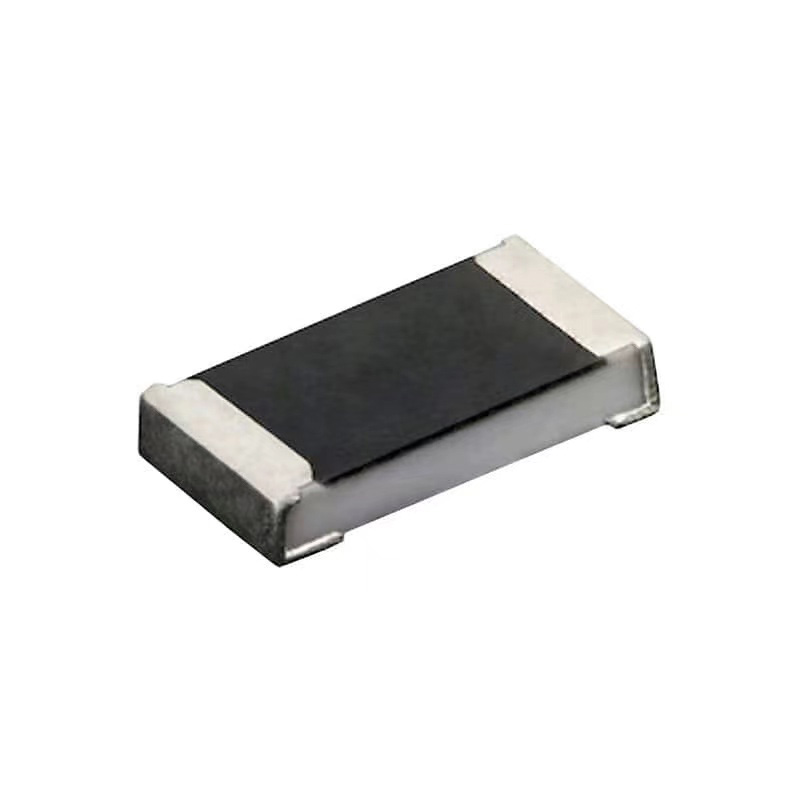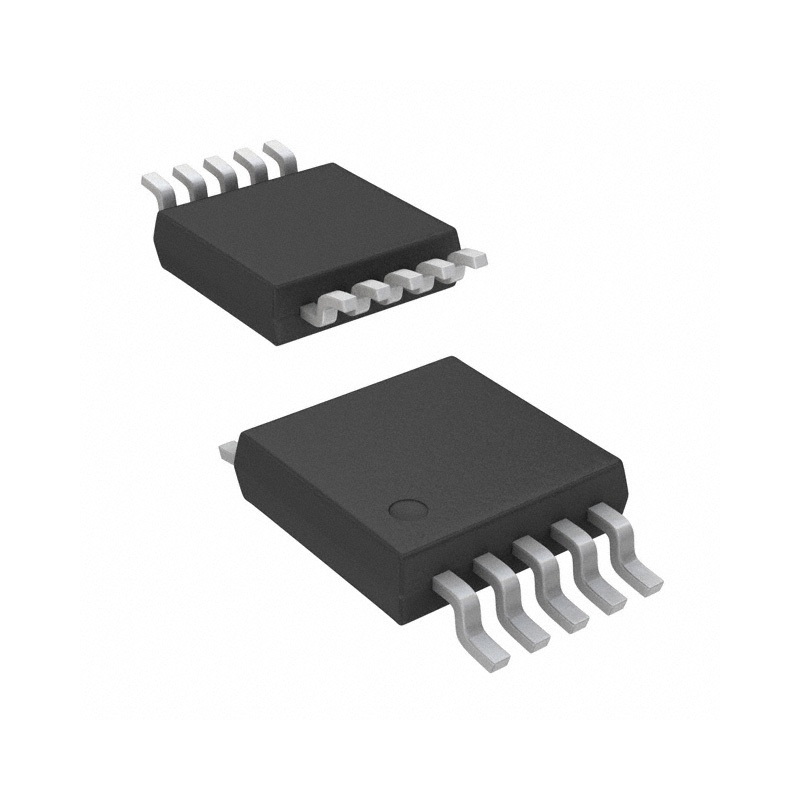D882 Transistor Pinout, Equivalent, Uses and Datasheet
更新時間: Jul 14, 2023 閲覧数: 19615
Contents
The D882 transistor, a versatile NPN bipolar junction transistor (BJT), has established its significance in the realm of electronic circuits. With its compact size and robust capabilities, the D882 transistor has become a popular choice for various low-power amplification and switching applications. This article serves as a comprehensive guide, providing essential information on the D882 transistor's pinout configuration, equivalent alternatives, common uses, and access to its datasheet.
What is a D882 Transistor?
The D882 transistor is a commonly used NPN bipolar junction transistor (BJT) that belongs to the "D" series of transistors. It is designed for general-purpose amplification and switching applications in electronic circuits. The D882 transistor consists of three layers of semiconductor material and has three terminals: the emitter, base, and collector. It is capable of handling moderate levels of current and voltage, making it suitable for low-power applications. With its compact size, reliability, and availability, the D882 transistor has gained popularity among hobbyists, students, and professionals in the field of electronics.
D882 Transistor Specs
The D882 transistor is a popular NPN bipolar junction transistor (BJT) that offers the following specifications:
1. Maximum Collector Current (Ic): 3 Amperes (A)
2. Maximum Collector-Emitter Voltage (Vce): 40 Volts (V)
3. Maximum Collector-Base Voltage (Vcb): 60 Volts (V)
4. Maximum Emitter-Base Voltage (Vbe): 5 Volts (V)
5. DC Current Gain (hfe): Typically ranging from 35 to 240
6. Power Dissipation (Pd): 1.25 Watts (W)
7. Transition Frequency (ft): Approximately 3 MHz

D882 Transistor Features
The D882 transistor offers several features that make it suitable for various electronic applications. Here are some key features of the D882 transistor:
NPN BJT Configuration: The D882 transistor follows the NPN (Negative-Positive-Negative) configuration, where the current flows from the emitter to the collector when a positive voltage is applied to the base.
Three-Terminal Device: The D882 transistor has three terminals - the emitter, base, and collector - allowing for easy integration into electronic circuits.
Moderate Current and Voltage Ratings: The D882 transistor can handle a maximum collector current of 3A and a maximum collector-emitter voltage of 40V, making it suitable for low-power applications.
Compact Size: The D882 transistor is available in a compact package, allowing for space-efficient circuit design and integration.
General-Purpose Amplification and Switching: The D882 transistor is commonly used for general-purpose amplification and switching tasks, making it versatile for a wide range of electronic projects.
Wide Availability: The D882 transistor is widely available and produced by multiple manufacturers, ensuring accessibility and availability in the market.
Cost-Effective: The D882 transistor is known for its cost-effectiveness, making it an attractive option for budget-conscious projects or applications.
D882 Transistor Pinout
The D882 transistor follows a standard pinout configuration, with three terminals: the emitter (E), collector (C), and base (B). Here is the pinout diagram for the D882 transistor:

In the diagram above, the emitter (E) is located on the left side, the collector (C) is in the middle, and the base (B) is on the right side.
When connecting the D882 transistor in a circuit, the following guidelines are typically followed:
The emitter terminal (E) is connected to the ground or the negative side of the circuit.
The collector terminal (C) is connected to the positive supply or load.
The base terminal (B) is connected to the controlling element, such as a microcontroller, through a current-limiting resistor.
D882 Transistor Equivalent Parts / D882 Transistor Substitute
While the D882 transistor is a popular choice for many applications, there are several equivalent parts that can be used as substitutes in circuits. These equivalent parts are designed to have similar electrical characteristics and pinouts. Here are a few commonly used equivalents for the D882 transistor:
2SD882: The 2SD882 is an equivalent part to the D882 transistor, often offered by different manufacturers. It shares similar specifications and pinout configuration, making it a direct replacement option.
MJE340: The MJE340 is another equivalent transistor that can be used in place of the D882. It is an NPN transistor with comparable current and voltage ratings.
C945: The C945 transistor is often used as a substitute for the D882 in low-power applications. Although it has slightly different specifications, it can function adequately in many circuits.
BC327: The BC327 is a PNP transistor that can be used as an equivalent to the D882, but with inverted polarity. It is commonly used in complementary transistor pair configurations.

D882 Transistor Uses
The D882 transistor is a versatile electronic component that finds applications in various circuits. One of its primary uses is in amplification, where it plays a crucial role in enhancing weak signals. Whether it's amplifying audio signals from microphones or sensors, or driving speakers and headphones, the D882 transistor's moderate current and voltage ratings make it well-suited for low-power amplification tasks. Its ability to boost signals with accuracy and efficiency makes it an essential component in audio amplifiers and preamplifiers.
Another significant application of the D882 transistor is in switching circuits. By utilizing the D882 transistor as a switch, it can control the flow of current through a load based on the state of its base-emitter junction. This feature is valuable in various electronic devices, such as motor control systems, LED lighting setups, and relay circuits. Its ability to handle moderate currents and voltages makes it an ideal choice for such switching operations, providing efficient and reliable control over electrical loads.

In addition to amplification and switching, the D882 transistor can also be employed in oscillator circuits. By incorporating the transistor into an oscillator setup with passive components like resistors, capacitors, and inductors, it can generate periodic waveforms at a desired frequency. This functionality makes it suitable for applications such as clock generators, timing circuits, and frequency modulation. The D882 transistor's ability to produce stable and accurate oscillations contributes to its versatility in electronic circuits.
Furthermore, the D882 transistor can be used in voltage regulation circuits as a series pass element. By controlling the current flow through the transistor, it assists in maintaining a stable output voltage despite variations in the input voltage. This feature is valuable in low-power voltage regulator circuits used in electronic devices, battery charging systems, and power supplies. The D882 transistor's ability to regulate and stabilize voltage levels ensures reliable operation and protection for sensitive components in various electronic applications.
In summary, the D882 transistor exhibits its versatility in several key areas. Its applications span across amplification, switching, oscillator circuits, and voltage regulation. Whether it's amplifying signals, controlling electrical loads, generating oscillations, or maintaining stable voltage levels, the D882 transistor's moderate current and voltage ratings, along with its compact size, make it a popular choice for low-power electronic circuits.

D882 Transistor Datasheet
The D882 Transistor Data Sheet provides comprehensive technical information and specifications for this widely used NPN bipolar junction transistor. This datasheet covers its pin configuration, electrical characteristics, and application guidelines, and by referring to the D882 transistor datasheet, one can gain a deeper understanding of its functionality and confidently integrate it into electronic designs.
Click To View The Form:
Conclusion
In conclusion, the D882 transistor stands as a versatile component that has firmly established its significance in the realm of electronic circuits. With its compact size, reliability, and availability, the D882 transistor has become a popular choice for a wide range of applications. Whether it's amplifying weak signals, controlling electrical loads, generating oscillations, or regulating voltage levels, the D882 transistor showcases its versatility and adaptability in various electronic circuits.
As discussed, the D882 transistor finds common uses in amplification, switching, oscillator circuits, and voltage regulation. Its moderate current and voltage ratings, coupled with its reliable performance, make it suitable for low-power applications. From audio amplifiers and preamplifiers to motor control systems, LED lighting setups, and voltage regulator circuits, the D882 transistor's capabilities shine through.
Essentially, the D882 transistor is the building block of the electronics world. Its adaptability, reliability, and versatility make it an essential component in countless circuits, amplifying signals, controlling current, generating oscillations, and regulating voltage. The D882 transistor opens the door to endless creative possibilities in electronic design.
More Videos
Read More:
C945 Transistor Datasheet, Pinout, Equivalent and Uses
A1015 Datasheet, Equivalent, Pinout, Circuit, Uses
D882 Transistor Pinout, Equivalent, Uses and Datasheet
What is Transistor hFE
13003/MJE13003 Transistor: Pinout, Features, Equivalent and Uses
2N6027 Transistor Datasheet, Pinout, Equivalent and Uses
S9012 Transistor Datasheet, Pinout, Equivalent and Uses
関連記事
 よくある質問
よくある質問
-
Can the D882 transistor handle high-frequency applications?
The D882 transistor has a transition frequency (ft) of approximately 3 MHz, indicating that it is suitable for low to moderate frequency applications but may not be ideal for high-frequency circuits.
-
What is the typical DC current gain (hfe) range for the D882 transistor?
The D882 transistor typically has a DC current gain (hfe) ranging from 35 to 240.
-
What is the maximum power dissipation of the D882 transistor?
The D882 transistor has a maximum power dissipation rating of 1.25 Watts (W).
人気のブログ
-
![PCA9617ADPJ Datasheet | NXP Semiconductors]()
PCA9617ADPJ Datashee...
The PCA9617ADPJ is a signal buffer and repeater ...
-
![D882 Transistor Pinout, Equivalent, Uses and Datasheet]()
D882 Transistor Pino...
The D882 transistor is a commonly used NPN bipol...
-
![C1815 Transistor Datasheet, Pinout, Equivalent, Voltage, Circuit and Uses]()
C1815 Transistor Dat...
The C1815 is a general purpose NPN transistor us...
-
![C945 Transistor Datasheet, Pinout, Equivalent and Uses]()
C945 Transistor Data...
The C945 transistor is a small, low-power NPN bi...
































.jpg)












